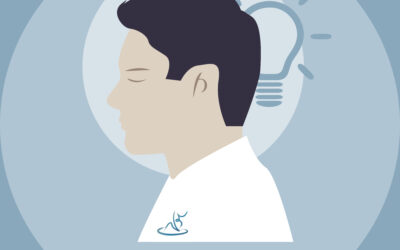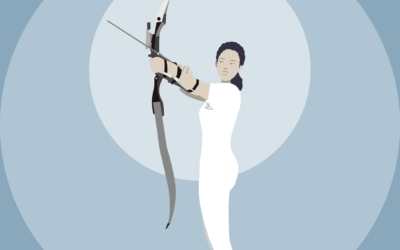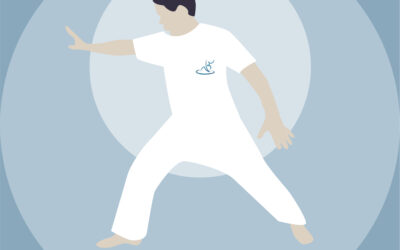Intro
Modelling is the most natural, truest, and most efficient form of teaching and learning available.
Modelling is a natural skill; humans are born with it and rely on it for most of their early learning – standing, walking, talking and even modelling dialects. At its simplest it is the ability to copy the technique, emotional and mental state and posture of the teacher. Skilled modelling however, can accelerate our learning………..
![WashindoIllustrations [Recovered]-16 WashindoIllustrations [Recovered]-16](https://washindo-kai.co.uk/wp-content/uploads/2024/04/WashindoIllustrations-Recovered-16-scaled-300x300.jpg)
……. and progress by helping us to overcome the disabling effects of negative internal dialogue and old models and strategies.
Its modelling not only the external movement of the body, it includes the breathing, in fact the very texture of the body, mind and emotions.
With the power of modelling and from this enhanced state of learning, as practice continues, we strip away the unnecessary, the complicated and ego filled techniques become simple, clean, and uncluttered. Enabling the student to move forward in their search for mastery.
We need to recognise the strength but also the weakness in the language that we use.
In the dojo just explaining or calling out from a distance, just demonstrating in front of a class or simply providing insights in a book or this blog actually limits potential development.
So why am I writing this and other blogs – simply in the hope it brings a matter to your attention – at a basic level of understanding – it is not enough to learn this way. I can listen to a salesman and read the sales blur at say the car showroom I can also read the highway code, watch a video on driving and sit beside someone else drive a car. This does not make me a proficient driver. I need to do it and model myself on proficient others. Select your teacher with care.
We all use words to represent our experiences; we attach to the word’s sights, sounds, feelings tastes and smell. Simply that is how we learn, store and retrieve from our data base.
We go on to use this database to measure other experiences, generalising, deleting and distorting the ones that don’t match the information in our database.
This way we deny ourselves the possibility of new insights, new learning, and new wonders. We restrict ourselves to what we already know, even when that is out of date or inappropriate for the situation at hand.
When reading non-sensory words, our brain only processes text. But when one reads sensory words different areas of the brain light up. It’s as if our brain processes sensory words as if you taste a chocolate, or as if you see a dazzling display of colours, or again as if you feel a rough texture.
When teaching or indeed discovering a new experience, we will look for a way of describing it often defaulting to applying sensory language, to help us remember it and to help others understand it. Because the experience is new and unique, we may not have the appropriate words available, so we look for the closest fit, attaching known words to our experience. But these words bring with them history and feelings of their own. By attaching them and associating them to our new experience the state is distorted, and we can be surprised and disappointed as the description itself has become a barrier to re-accessing the state.
Modelling and unique physical anchoring is the cleanest and most efficient means to recall states.
Physical anchoring is anchoring a state in NLP, it is a term used for the process by which you apply a gesture, touch or sound at the peak of a state, either in oneself or someone else. The said anchored state can then be recalled or re-activated by reapplying the gesture, touch, or sound.
When doing something well I hold my right thumb for a moment. When I want to retrieve a good state of mind, I simply hold my right thumb. As I have never been asked what I am doing, I assume no one has ever realised! With practice a good state can be retrieved instantly.




